Cleopatra’s tomb is one of the greatest mysteries of ancient history. As the last active pharaoh of Egypt, Cleopatra’s final resting place has eluded discovery, leaving scholars and enthusiasts intrigued.
Exploring the question of what Cleopatra’s tomb is and delving into the complexities and theories surrounding its location is important to give meaning to this historical artifact. By examining the historical context, ongoing search efforts, and the significance of potential discoveries, the enigma that surrounds Cleopatra’s elusive tomb can be unraveled.
Table of Contents
What Is Cleopatra’s Tomb?
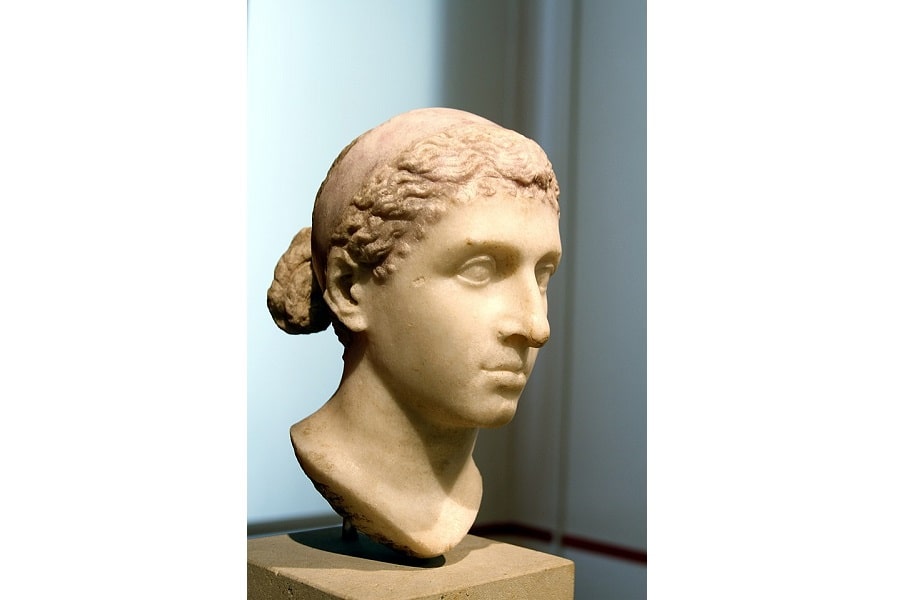
Cleopatra’s tomb is one of the biggest mysteries. It has intrigued historians, archaeologists, and enthusiasts for centuries [2]. The potential discovery of her burial site holds the promise of unveiling invaluable artifacts and shedding light on the enigmatic queen’s life and reign. Cleopatra’s tomb is believed to be a treasure trove of historical and cultural significance [3], containing funerary goods, personal belongings, and inscriptions that could provide invaluable insights into her role as a ruler, her religious beliefs, Egyptian afterlife, and the cultural practices of ancient Egypt.
Has Cleopatra’s Tomb Been Found?
Among the most pressing inquiries is whether Cleopatra’s tomb has indeed been found. While there have been tantalizing leads and significant archaeological findings, concrete evidence of the exact location remains elusive [4]. The search for Cleopatra’s tomb is an ongoing endeavor, fueled by the desire to unravel the mysteries of her life and uncover the treasures buried alongside her.
Cleopatra’s Tomb and Its Significance
Cleopatra’s tomb carries immense historical and archaeological significance. As the final resting place of one of Egypt’s most iconic and influential figures, its discovery has the potential to unlock a wealth of knowledge about her reign [4], the culture of ancient Egypt, and the interactions between Egypt and Rome. The tomb may contain rich artifacts, including jewelry, statues, and funerary masks, which can provide insights into the craftsmanship and artistic styles of the time [3]. Additionally, the tomb’s inscriptions and hieroglyphs could reveal details about Cleopatra’s religious beliefs, rituals, and her connection to Egyptian gods and goddesses.
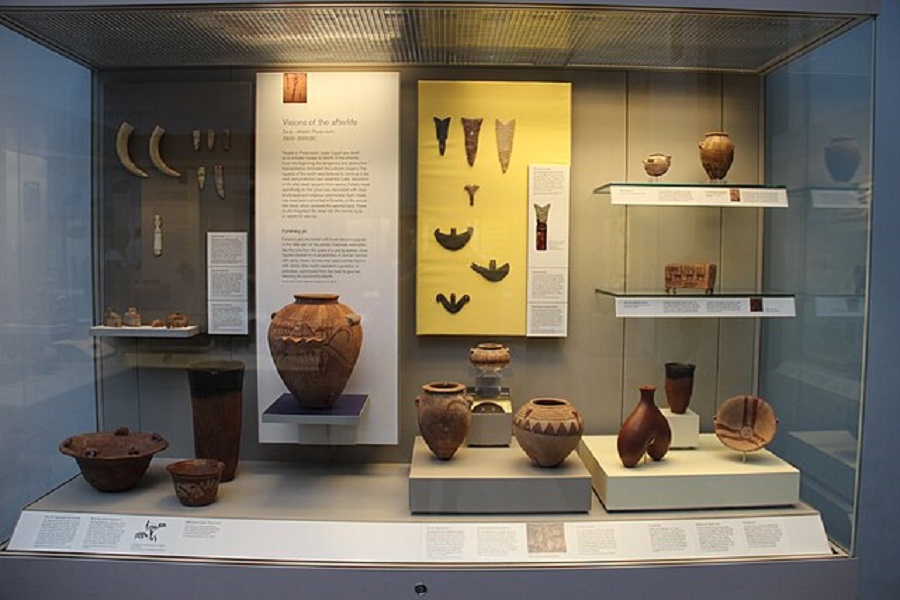
Theories and Speculations about the Location of Cleopatra’s Tomb
Throughout history, numerous theories have emerged regarding the possible location of Cleopatra’s tomb [2]. One prevailing theory suggests that the burial site of one of the most important queens of Egypt might lie within the ancient city of Alexandria. Alexandria was Cleopatra’s capital and a vibrant center of power and culture. The city’s grandeur, including its famed library and the Lighthouse of Alexandria, suggests that it could be a fitting final resting place for Cleopatra [1]. Another theory proposes Taposiris Magna, a temple complex located west of Alexandria [8]. The temple, dedicated to the goddess Isis, held significance for Cleopatra, who identified with the goddess and sought her protection. Scholars argue that Cleopatra might have chosen this sacred site for her tomb. Additionally, alternative theories point to other locations in Egypt, such as the temple of Isis at Philae or the Valley of the Kings, reflecting the ongoing debates and exploratory expeditions that continue to seek definitive answers [1].
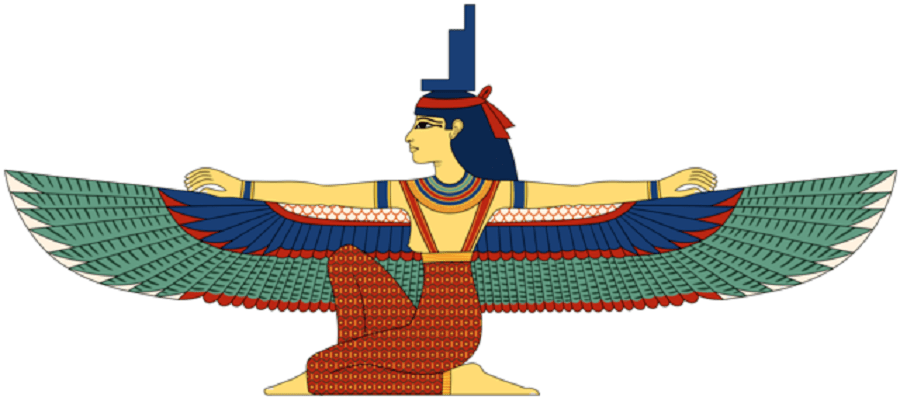
READ MORE: How Did Cleopatra Die? Bitten by an Egyptian Cobra
The Search for Cleopatra’s Tomb
Early Explorations and Discoveries
The search for Cleopatra’s tomb has a long and storied history, stretching back to antiquity. After Cleopatra’s death, the Roman conquerors honored her with a burial ceremony, but the exact location of her tomb remained shrouded in secrecy [1]. Early explorers and historians were captivated by the allure of Cleopatra’s legend, prompting them to embark on expeditions to uncover her burial site. Among the notable figures who sought to find Cleopatra’s tomb was the Roman Emperor Augustus himself [3]. In the years following her demise, Augustus ordered a search for Cleopatra’s final resting place [8], hoping to lay claim to her treasures and artifacts. However, despite their efforts, the precise location remained elusive.
READ MORE: Roman Emperors in Order: The Complete List from Caesar to the Fall of Rome
Over the centuries, numerous explorers and adventurers attempted to unravel the mystery of Cleopatra’s tomb. One of the most significant early explorations was conducted by Napoleon Bonaparte’s scientific expedition to Egypt in the early 19th century [1]. The team of scholars and archaeologists accompanying Napoleon documented their findings and made important contributions to the understanding of ancient Egyptian culture and history. However, the expedition did not yield the discovery of Cleopatra’s tomb [1].
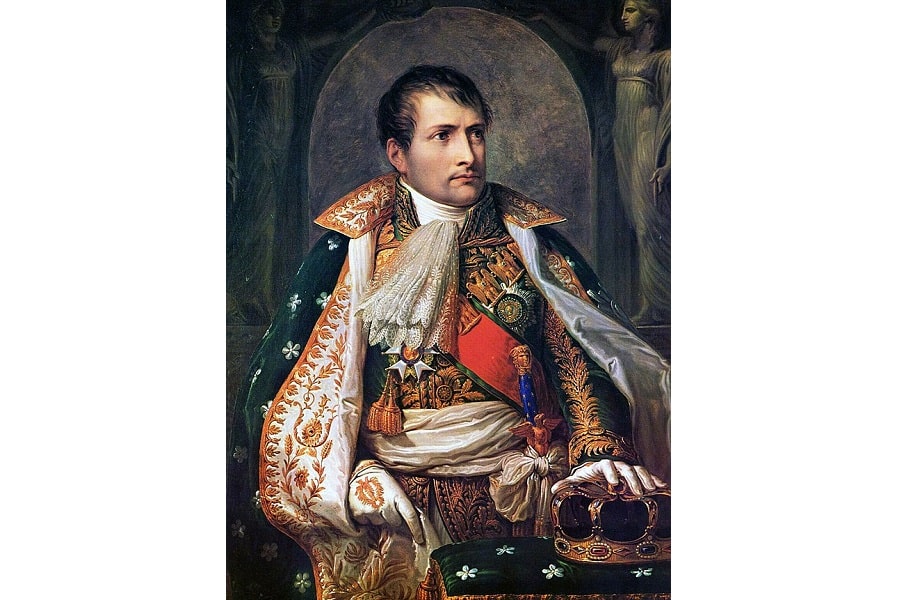
READ MORE: How Did Napoleon Die: Stomach Cancer, Poison, or Something Else?
Historical Accounts and Clues
Historical accounts and ancient texts have provided valuable clues and insights into the potential location of Cleopatra’s tomb. The Greek historian Plutarch and the Roman historian Cassius Dio, both writing several decades after Cleopatra’s death, described her funeral and burial in their works [1]. According to these accounts, Cleopatra and Mark Antony were interred together in a tomb [7], though the specific location remained undisclosed. Plutarch mentioned that Cleopatra was buried alongside her ancestors, suggesting that her tomb might be situated within the royal necropolis. Additionally, other ancient texts, inscriptions, and papyri have offered tantalizing hints and possibilities for the whereabouts of Cleopatra’s tomb [5].
Scholars and archaeologists have meticulously studied these historical accounts and clues, analyzing them in conjunction with other archaeological evidence. They have sought to decipher and interpret the texts, searching for hidden meanings or geographic references that might lead them closer to the elusive tomb [1].

Modern Technologies and Methodologies Used in the Search
In recent decades, advancements in modern technologies and methodologies have greatly enhanced the search for Cleopatra’s tomb [2]. Ground-penetrating radar (GPR) has emerged as a valuable tool in archaeological investigations. By sending electromagnetic waves into the ground and measuring the reflected signals, GPR can create subsurface images that reveal hidden structures, voids, or chambers. Archaeologists have utilized GPR surveys in potential areas of interest, scanning the ground beneath known historical sites or suspected burial grounds. This non-invasive technique has enabled them to identify anomalies that could signify the presence of Cleopatra’s tomb [2].
LiDAR (Light Detection and Ranging) technology has also played a crucial role in the search. By using laser scanning from aircraft or drones, LiDAR can generate highly detailed 3D maps of terrain, including vegetation and topography. This technology has proven particularly useful in identifying previously overlooked landscape features that may be associated with Cleopatra’s tomb, such as hidden entrances, paths, or structural remains [5].
Satellite imagery and aerial surveys have provided researchers with a comprehensive view of the terrain and potential archaeological sites. By analyzing high-resolution satellite images and conducting airborne surveys, archaeologists can identify anomalies, burial mounds, or hidden structures that may be indicative of Cleopatra’s tomb. These tools and techniques have revolutionized the search, allowing researchers to cover large areas more efficiently and narrow down potential locations [1].
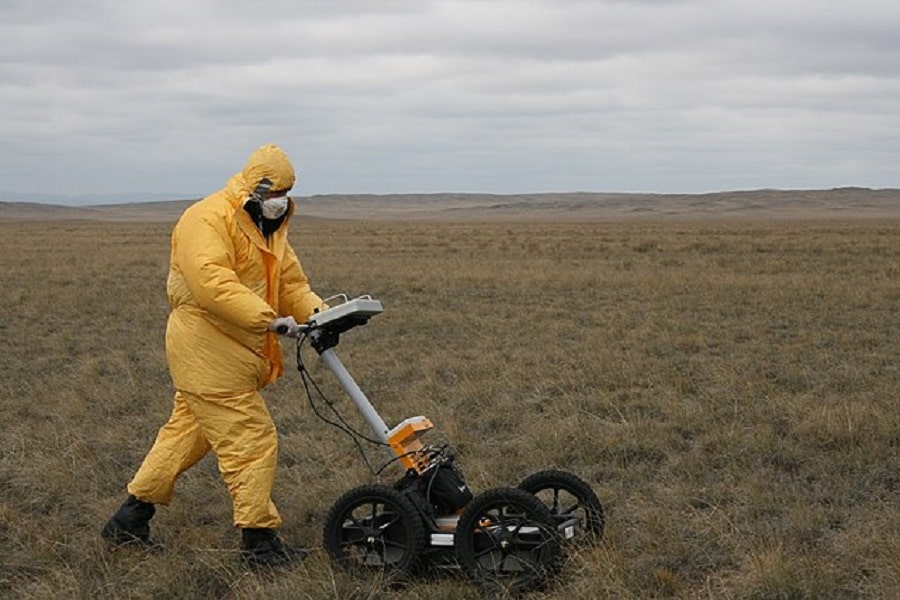
Prominent Archaeologists and Expeditions Involved
The search for Cleopatra’s tomb has attracted the attention and expertise of prominent archaeologists and research teams from around the world. Egyptologist Zahi Hawass, former Minister of State for Antiquities Affairs in Egypt, has been actively involved in several archaeological expeditions in the search for Cleopatra’s tomb. His expertise and extensive knowledge of Egyptian history and archaeology have made him a central figure in the quest [1].
Kathleen Martinez, a Dominican archaeologist, has dedicated years of research and exploration to the investigation of Taposiris Magna, a temple complex near Alexandria. Martinez believes that this temple might hold the key to finding Cleopatra’s tomb. Her team has conducted excavations, searching for hidden chambers and clues that could reveal the queen’s burial place.
Franck Goddio, a renowned underwater archaeologist, has focused on underwater exploration in the waters of Alexandria. Given the city’s ancient significance and its connections to Cleopatra, Goddio’s expeditions have sought to uncover potential submerged sites that could be linked to the queen’s tomb. Through the use of underwater excavation techniques, his team has recovered artifacts and remains from the era of Cleopatra, shedding light on the historical context in which she lived [1].
READ MORE: Who Invented Water? History of the Water Molecule
These prominent archaeologists, along with their dedicated research teams, have collaborated with local authorities, institutions, and experts in various disciplines to advance the search for Cleopatra’s tomb. Their combined efforts and expertise have brought us closer to solving the mystery surrounding this legendary queen’s final resting place.
As the search for Cleopatra’s tomb continues, new technologies, methodologies, and collaborative efforts will undoubtedly contribute to future discoveries.

Theories and Controversies
Alexandria as a Possible Location
One of the prevailing theories regarding Cleopatra’s tomb centers around the ancient city of Alexandria. This bustling hub of cultural and political activity served as the capital of Egypt during Cleopatra’s reign and was deeply intertwined with her legacy [7]. Alexandria boasted impressive architectural wonders such as the Pharos Lighthouse, one of the 7 Wonders of the Ancient World, and the grand Serapeum, a temple dedicated to the god Serapis. These monumental structures exemplified the city’s opulence and magnificence, making it a plausible choice for Cleopatra’s burial site [4].
Taposiris Magna and Its Connection to Cleopatra
Taposiris Magna, located on the western bank of the Nile Delta, has emerged as a significant site in the search for Cleopatra’s tomb [2]. This sprawling temple complex, dedicated to the goddess Isis, bears remarkable architectural features that have sparked speculation about its connection to Cleopatra. Intricate carvings and wall paintings depicting the queen alongside Egyptian deities suggest a strong association between Cleopatra and Taposiris Magna.
Furthermore, inscriptions referencing Cleopatra’s name have been discovered within the temple, adding weight to the theory that her tomb might be concealed within its confines. Excavations led by Kathleen Martinez have unveiled hidden chambers, where tantalizing clues and artifacts have been unearthed. These findings, including statues, amulets, and intricate funerary masks, offer glimpses into the rituals and customs of the time. While conclusive evidence linking Cleopatra directly to Taposiris Magna is yet to be found, the ongoing investigations at this site continue to fuel excitement and intrigue [3].
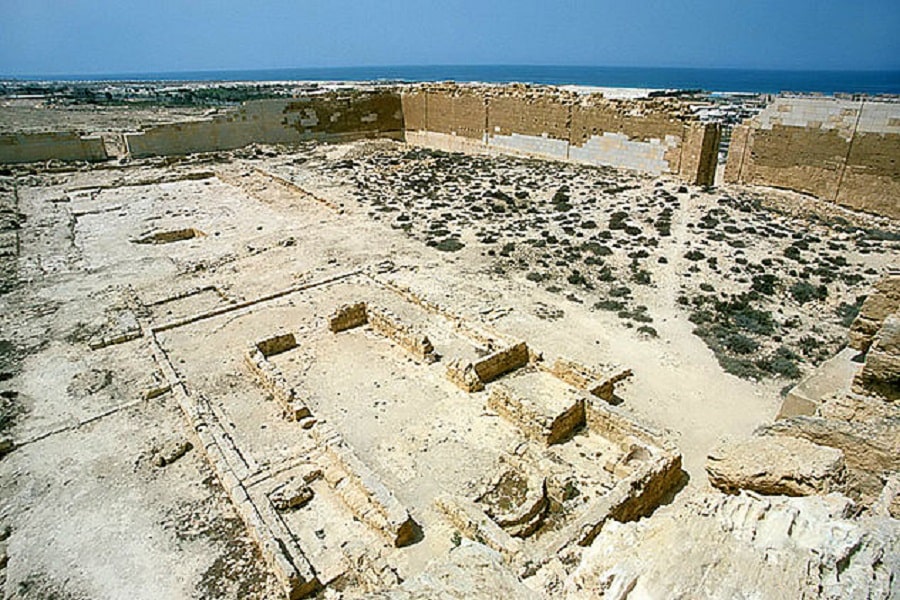
Other Potential Sites and Conflicting Theories
The search for Cleopatra’s tomb has engendered a plethora of alternative theories, each proposing a different location for her final resting place. One theory suggests that Cleopatra may have chosen the Royal Necropolis at Al-Qurunfūdah, a sacred burial ground situated on the western side of Alexandria, as her tomb’s location. This necropolis served as the resting place for other prominent members of the Ptolemaic dynasty [6], making it a plausible choice for Cleopatra’s interment.
Another intriguing possibility is the temple complex of Isis at Philae, an island in the Nile River. Cleopatra’s close association with the goddess Isis, whom she considered a personal deity [4], adds credence to the belief that her tomb might be nestled within this sacred sanctuary. Additionally, some theories propose that Cleopatra’s tomb might lie concealed in remote desert regions, such as the vast expanse of the Sahara, away from prying eyes.
Conversely, proponents of the underwater exploration theory speculate that her tomb could have been submerged beneath the waters of the Mediterranean Sea near Alexandria, possibly due to natural disasters or deliberate efforts to conceal it [1]. These divergent theories highlight the complexity of the search and the wide range of possibilities that researchers must consider.
The Unsolved Mystery
Lack of Concrete Evidence and Conclusive Findings
The search for Cleopatra’s tomb is characterized by a persistent lack of concrete evidence and conclusive findings, which has added to the allure and intrigue surrounding this ancient mystery. Despite extensive historical research, explorations, and excavations conducted over the years, the exact location of Cleopatra’s burial site remains elusive. The scarcity of primary sources from the time of her death has contributed to the dearth of information about the tomb’s whereabouts [2]. The ancient accounts that do mention Cleopatra’s burial are often vague and conflicting, leaving historians and archaeologists with little to work with in their quest for definitive proof. The passage of more than two millennia has further eroded physical traces and made it challenging to discern the remnants of Cleopatra’s tomb from other ancient structures and tombs in Egypt[1].
One example of the enigmatic nature of the search is the contrasting historical accounts of Cleopatra’s burial. Some ancient sources suggest that Cleopatra was buried alongside her lover, Mark Antony, in a lavish tomb in Alexandria, while others claim that she was laid to rest in a hidden burial place. These conflicting narratives have fueled speculation and debate among scholars, leading to a range of theories and hypotheses regarding the final resting place of this legendary queen [1].
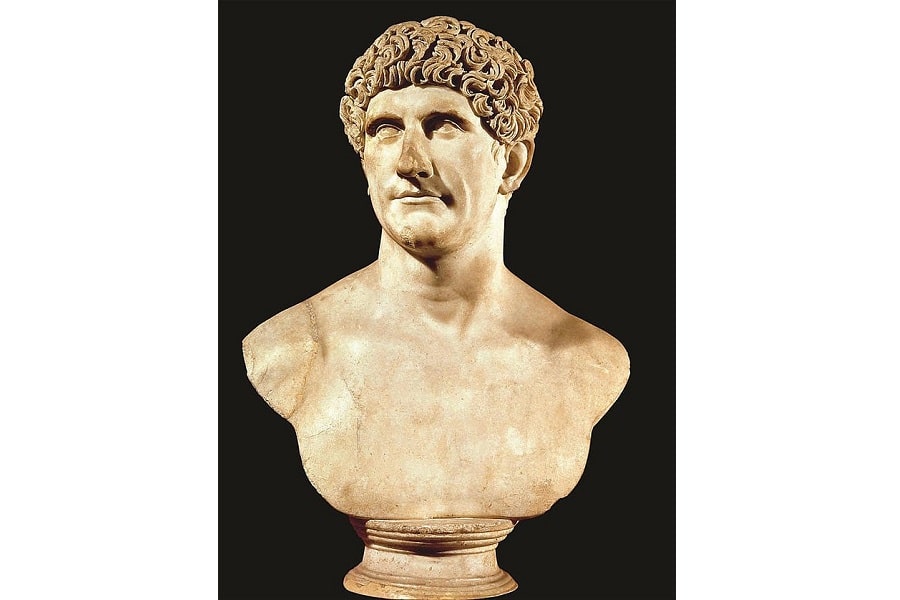
Challenges and Obstacles Faced by Archaeologists
The search for Cleopatra’s tomb is not without its fair share of challenges and obstacles that have impeded progress and contributed to the enduring mystery surrounding its discovery. One significant challenge lies in the vastness and complexity of the Egyptian landscape. Egypt boasts a rich archaeological heritage, with countless ancient sites scattered throughout its territory [5]. Identifying the specific location of Cleopatra’s tomb amidst this vast expanse presents a daunting task for researchers. The sheer scale of the search, combined with limited resources and funding, necessitates careful planning and targeted investigations.
Another obstacle is the impact of time and natural elements on the preservation of ancient structures. Over the centuries, earthquakes, floods, and erosion have taken their toll on the architectural remains of Egypt, making it increasingly difficult to find well-preserved tombs and discern their original purpose. The ever-changing landscape and the encroachment of modern development further complicate matters. The rapid urbanization of areas like Alexandria has resulted in the construction of modern buildings on top of potential archaeological sites, making excavation a delicate process that requires careful coordination with local authorities and urban planners.
Looking Forward
The enduring fascination with ancient history is evident through the ongoing search for Cleopatra’s tomb. Despite the passage of centuries, the quest to uncover the mysteries of the past continues to captivate scholars and enthusiasts. This enduring curiosity highlights our innate desire to understand our historical roots and the significance of key figures from the past.
The pursuit of Cleopatra’s tomb also sheds light on the significance of cultural heritage preservation. As the modern world progresses, ancient landscapes and archaeological sites face the threat of destruction and deterioration. The search for Cleopatra’s tomb serves as a reminder of the importance of protecting and preserving our cultural heritage. It calls for a balance between the development and the preservation of historical treasures to ensure that future generations can continue to explore and learn from the past.
References
- Hawass, Zahi. “The Search for Cleopatra.” National Geographic, vol. 218, no. 6, Dec. 2010, pp. 30-47.
- Tyldesley, Joyce. Cleopatra: Last Queen of Egypt. Basic Books, 2008.
- Fletcher, Joann. Cleopatra the Great: The Woman Behind the Legend. Harper Perennial, 2009.
- Schiff, Stacy. Cleopatra: A Life. Back Bay Books, 2011.
- Roller, Duane W. Cleopatra: A Biography. Oxford University Press, 2010.
- Fraser, Antonia. The Last Pharaohs: Egypt Under the Ptolemies, 305-30 BC. Knopf, 2010.
- Burstein, Stanley M. The Reign of Cleopatra. University of Oklahoma Press, 2005.
- “Where is Cleopatra’s Tomb?” HistoricalEve, n.d. Retrieved from https://historicaleve.com/where-is-cleopatra-tomb/